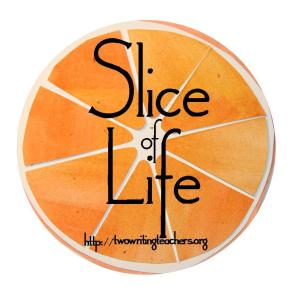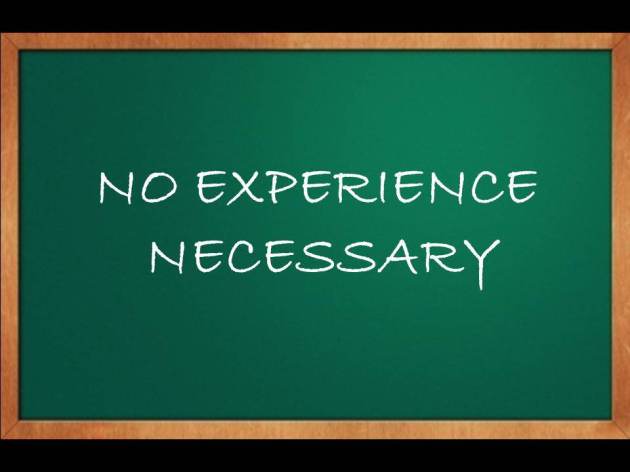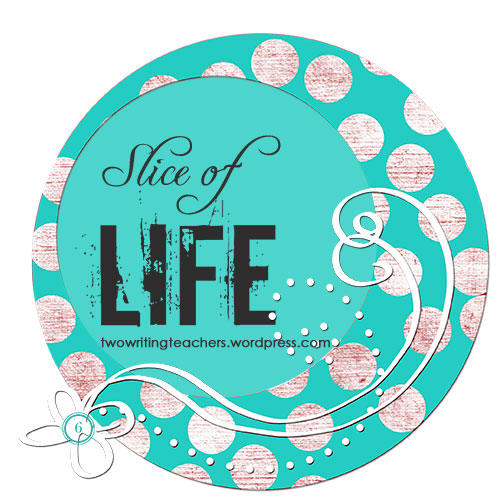
How do you grow an excellent teacher?
At the last faculty meeting of the school year, several of my colleagues were acknowledged for their years of service in our district. Teachers with five, ten, fifteen, twenty, and even thirty-five plus years were given tokens of appreciation for their years of dedication. For five years you got an insulated lunch sack. For thirty five years, a fleece blanket. I watched the looks on the faces of my young colleagues.
As we shook our heads, each quietly ruminating on the worth of our service, one of my colleagues who has been around longer than all of us (35+ years), shared her dismay at what has become of our school system. Tokens of appreciation aside, she lamented at how far we’ve drifted from our commitment as a society to the development of our teachers. She told of experiences over her years of going to conferences all over the U.S. as well as attending NCTE at least 18 times (all paid for by the district). One year, the entire English department (12 teachers in all) went to NCTE in Orlando for five days. All of it covered by the district. Imagine the energy and enthusiasm they must have brought back to the classroom after that amazing experience?
Those of us (20 years or less) at the table let that sink in.
I have long wanted to attend NCTE even once, but have not been able to afford it. With registration, air fare, hotels, it could easily cost between $750 – $1,000 per person (depending upon location). Those who are lucky enough to go, share how significant their learning is from this experience and how it impacts their instruction in the classroom. I follow along on Twitter, wishing I was there to join them.
You see, since 2008 (the 2nd Great Depression) in NC, funds for professional development have all but dried up. Teachers who joined our ranks since then have not had the kinds of professionally enriching experiences described by my colleague. They can’t even begin to imagine it.
And that’s a problem.
I feel privileged in that I was able to participate in a National Writing Project Summer Institute back in 2003 (Capital Area Writing Project (CAWP) at NCSU) when it was supported by the district. That funding has long since ended, as well as the funding provided to keep CAWP running. Teachers in our district don’t have access to a Writing Project site anymore. CAWP was the single best professional development I’ve ever had. It shaped who I am as a teacher more than anything I’ve ever done.
With the state’s blessing, I also took on National Board Certification back in 2005. This was when North Carolina still paid for teachers to do this monumental work (and at $2500, out of reach for most of us on a teacher’s salary). Even then we suspected the funds would dry up so we’d better take advantage of it while we could. I recently renewed my certification and had to pay out-of-pocket $1,250.
Since 2008, my district-sponsored professional development has been limited to whatever is offered at our schools, chosen by our administrators. This professional development is not based upon my own needs or interests as an educator. It is whatever the district deems as important for that coming school year. While some of this PD is acceptable, it is not necessarily the kind that feeds my teacher soul. For that, I turn to Twitter.
I have developed my own personal Professional Learning Network (PLN) online via Twitter, and that feeds me professionally. Through this PLN I keep abreast of the latest books, research, and best practices in my field. I benefit from my online colleagues and their professional development, following them as they attend NCTE, Writing Workshops, etc., vicariously participating in these events.
What’s so sad about all of this is that there are very few of us teachers who are left in the classroom who have had the benefit of these amazing professional development experiences.
I was sharing my thoughts on this with two twenty-something teachers who have never known this kind of professional support. They simply couldn’t imagine going to a national conference or doing the kinds of things I had done, with district support. One teacher commented that it won’t be long before teachers like me will be gone and the only teachers left will be ones like them who haven’t had any significant professional development experiences.
North Carolina is just one of many states that has put funding of public schools at the bottom of its priority list. Over the last nine years, we have been on a diet designed to slowly starve us to death. Each year we are told that “next year” the funding will return and we can make the necessary improvements to our schools, provide resources, invest in our teachers. It’s not happening.
To those outside of education and to whom education is not a priority issue, it appears that the schools are running along, if not smoothly, efficiently. Why the fuss about funding? Schools have been able to keep things going even with the most draconian budgets of the past decade.
Why change things?
Investing in teachers and their professional development, whether it be by restoring Master’s pay for teachers, NBPTS support, funding conferences, etc., is essential to creating and maintaining quality public schools.
Teachers who are not properly fed and nurtured cannot properly feed and nurture others.
At least not for long.
Oh, in case you’re wondering if investing in your teachers pays off? The colleague mentioned above who had those amazing professional development experiences? The district got their money’s worth from her as she is still teaching for them. Just finished her 53rd year!






